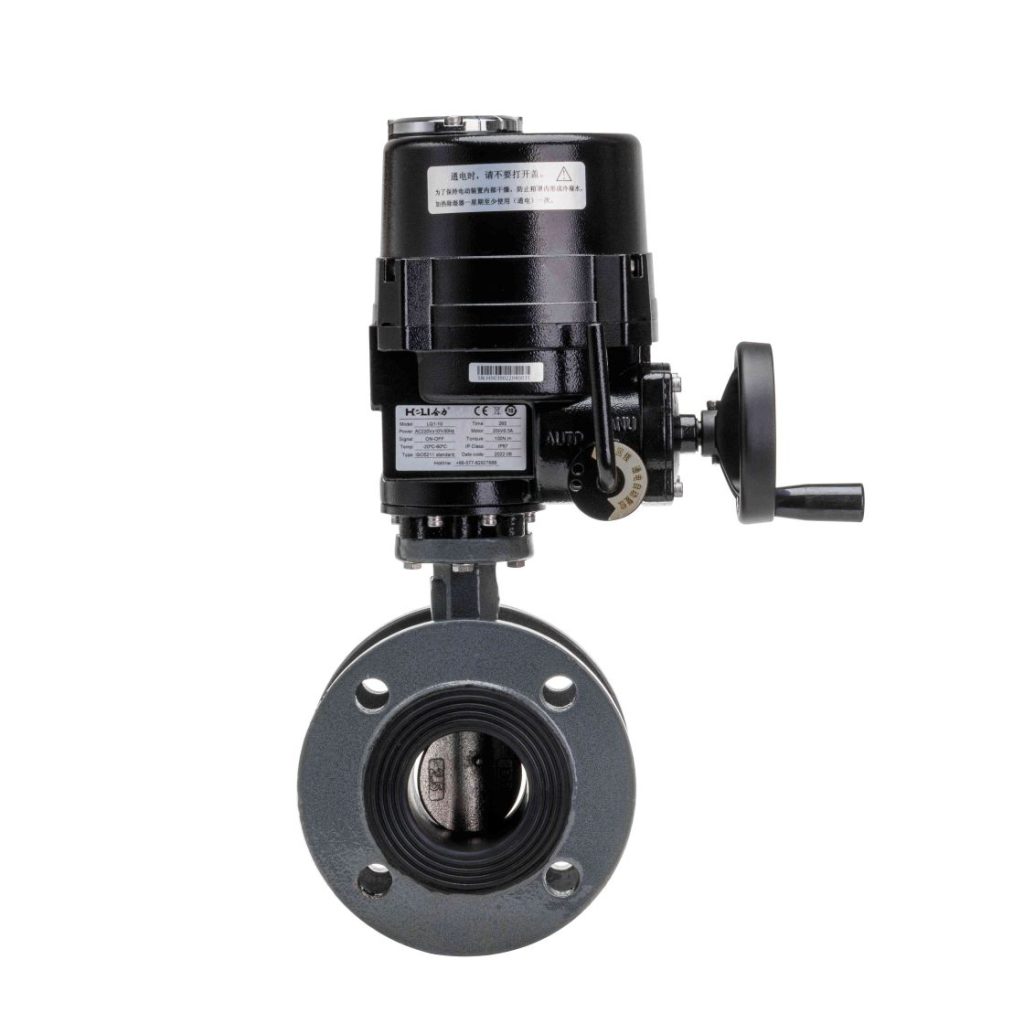Stainless steel electric ball valves are a vital component in various fluid control systems, offering a high degree of precision and durability. These valves are widely used across industries such as chemical processing, water treatment, food and beverage, HVAC systems, and oil and gas. The combination of stainless steel construction and electric actuation provides significant benefits, including corrosion resistance, ease of operation, and enhanced reliability. This article will explore the features, advantages, and applications of stainless steel electric ball valves, as well as how they contribute to the efficiency and safety of fluid handling systems.

What is a Stainless Steel Electric Ball Valve?

A stainless steel electric ball valve is a type of quarter-turn valve that uses a ball with a hole through its center to regulate the flow of liquids or gases. The valve is operated by an electric actuator, which can be remotely controlled or automated depending on the system’s needs. Stainless steel is the material of choice for these valves due to its strength, resistance to corrosion, and ability to withstand extreme temperatures and pressures, making it ideal for demanding environments.
Components of a Stainless Steel Electric Ball Valve The key components of a stainless steel electric ball valve include:
